In the 21st century, the nature of warfare has undergone profound changes, shaping how nations prepare for and engage in combat. The transformation of battlefields can be credited to rapid technological advancements, the diversification of warfare tactics, including cyber and unmanned systems, and the ever-evolving geopolitical landscapes. This evolution raises pivotal questions about the future of international security and the rules of engagement in a world where the lines between conventional and unconventional warfare are increasingly blurred. In this exploration, we delve into the multifaceted dynamics of modern warfare, examining its implications for military strategies, political relations, and global peace initiatives.
Technological Advancements
The advent of sophisticated technologies has revolutionized the conduct of warfare, fundamentally altering the strategic and tactical dynamics of combat. Drones, also known as unmanned aerial vehicles (UAVs), have emerged as critical assets, allowing for precision strikes while minimizing the risk to military personnel. Artificial Intelligence (AI) has brought about unprecedented capabilities in data analysis, decision-making, and autonomous operations, changing the face of battlefield intelligence and logistics. Moreover, cyber warfare has introduced a new invisible battleground where state and non-state actors can disrupt vital national infrastructures and access sensitive information, all without a physical footprint. These technological advancements are not only shaping current military operations but also forecasting a future where warfare could be defined by a more covert and technologically driven approach.
Asymmetric Warfare
Asymmetric warfare represents a stark departure from traditional conflict scenarios, where the battling forces have comparable military capabilities. This form of warfare is characterized by the rise of non-state actors, insurgents, and terror groups employing unconventional tactics to offset their often-inferior power. With an emphasis on guerrilla tactics, improvised explosive devices (IEDs), and information warfare, these combatants can inflict significant damage and exert influence well beyond their size or capacity. The impact on battlefields is profound; as governments and conventional forces frequently find themselves in a reactionary position, struggling to adapt to the fluid and unpredictable nature of this modern combat strategy. This shift challenges the traditional norms and ethics of warfare, compelling a reevaluation of conventional military doctrines and combat readiness in the face of irregular threats.
Urban Warfare
Urban warfare represents one of the most complex combat scenarios, due to the density and terrain of modern cities, which favor defenders and can nullify many advantages of advanced technology and conventional forces. Combatants must navigate a labyrinth of close-quarter engagements, where civilian populations and infrastructure intermingle with combat zones, presenting significant tactical and ethical challenges. The intersection of built environments and conflict requires adapted strategies that balance precision, power, and the mitigation of collateral damage. The rise of urbanization globally means that military forces must increasingly prepare for battles where the cityscape becomes the battlefield, altering the fabric of modern warfare in both strategy and execution. With the urban battlefield comes a shift in the operational paradigm, demanding highly trained troops, specialized equipment, and a synergy between intelligence and urban planning to successfully operate in these intricate and volatile environments.
Psychological Warfare
Psychological warfare has become an increasingly critical component of military strategy, manipulating information and using various tactics to undermine the enemy’s will and create confusion amongst its ranks. Propaganda plays a central role in this domain, employed to demoralize adversaries, sway public opinion, and control the narrative of the conflict on both the home front and the global stage. Furthermore, the proliferation of social media platforms has amplified the reach of misinformation campaigns, allowing for the rapid spread of fake news to influence perceptions and obscure the truth. As a tool, misinformation can effectively turn the tide of war by shaping the beliefs and actions of both military personnel and civilians. This modern incarnation of battlefield deception necessitates updated doctrines to counter psychological manipulations, ensuring the integrity of communication and the resilience of troops and societies against these invisible but potent threats.
Ethical and Moral Implications
The ethical challenges posed by modern warfare are multifaceted and deeply consequential. As combat scenarios become increasingly complex, involving technologies like AI and cyberwarfare, the lines between combatant and non-combatant blur, leading to pressing moral dilemmas. Autonomous systems, for instance, create accountability issues, as the decision to take human life may shift from soldiers to algorithms, raising serious concerns about the loss of human judgment in the most critical moments. Additionally, the pervasive nature of cyberwarfare poses the risk of disproportionate civilian impacts when targeting national infrastructure deemed legitimate military objectives, thus violating principles of necessity and proportionality.
At the international level, laws and regulations have struggled to keep pace with the rapid development of new warfare tactics. The Geneva Conventions and various arms control agreements lay down the foundation of wartime conduct, but their applicability to emerging technologies and tactics is an area of legal and ethical ambiguity. The international community faces the task of interpreting these frameworks to ensure they remain relevant in governing state behavior on contemporary battlefields, where the distinction between defensive and offensive actions can be obscure, and the immediate combat zone is not clearly defined. These challenges necessitate ongoing discussions at the United Nations and other diplomatic forums to reassess and adapt international laws in response to the changing character of war.
Future Trends
Looking ahead, the landscape of modern warfare is likely to be revolutionized by the continued integration of cutting-edge technologies. The advent of artificial intelligence (AI) and autonomous weapon systems promises a quantum leap in military capabilities, introducing unmanned vehicles and drones capable of independent decision-making in high-risk combat scenarios. The enhancement of soldier performance through powered exoskeletons and biotechnology also stands to redefine human potential on the battlefield, augmenting strength, endurance, and cognitive capabilities.
Simultaneously, rapid advancements in cyber capabilities will lead to a more pervasive form of warfare, where cyberattacks can cripple a nation’s infrastructure or disrupt military communications without a single shot being fired. The weaponization of space emerges as a new frontier, with the potential for satellite warfare to affect global communication, reconnaissance, and GPS systems. Furthermore, quantum computing holds the promise—or threat—of breaking traditional encryption, fundamentally altering intelligence gathering and the security of sensitive information.
These emerging technologies carry profound strategic implications, possibly shifting the balance of power globally and demanding new countermeasures and defense strategies. Consequently, we may witness an era of increased military spending focused on technological supremacy, as nations seek to deter or dominate within this evolving paradigm. The potential for escalation and misunderstanding, particularly in cyber and space domains, underscores the urgent need for updated international norms to govern these emerging aspects of modern warfare, ensuring a measure of stability in an increasingly uncertain and automated world of conflict.

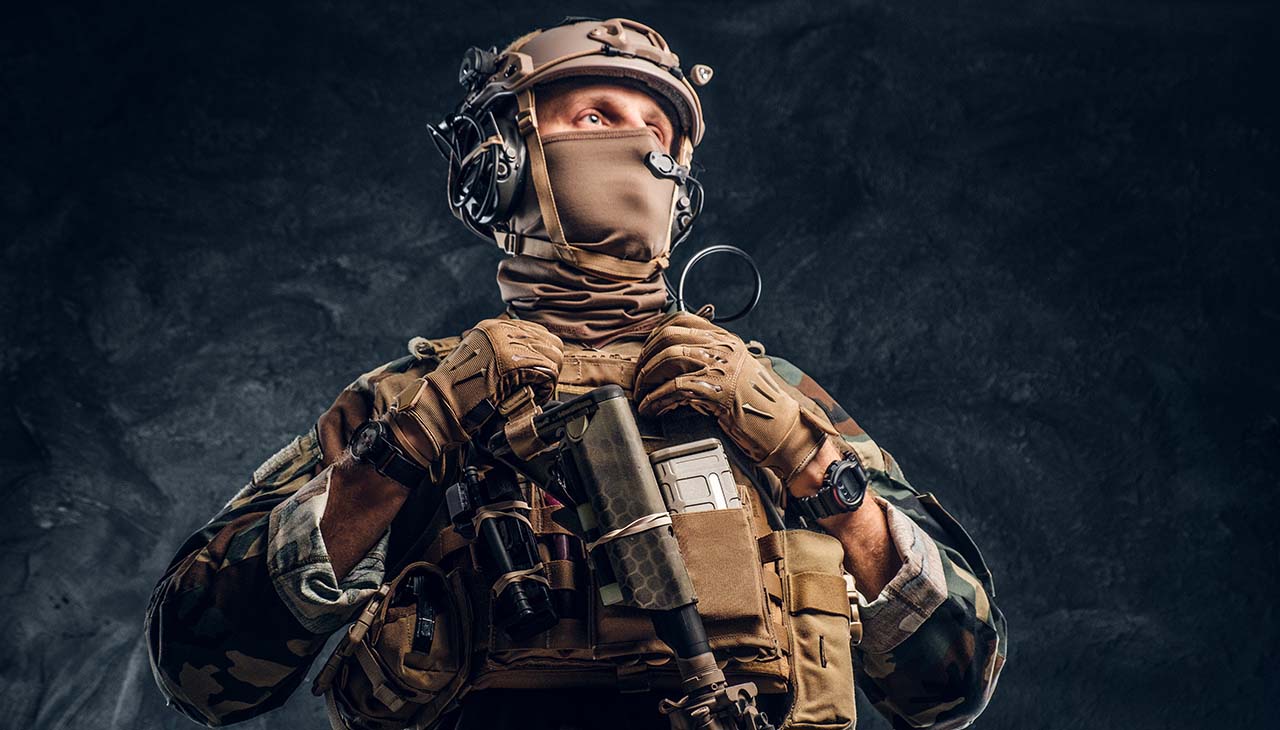
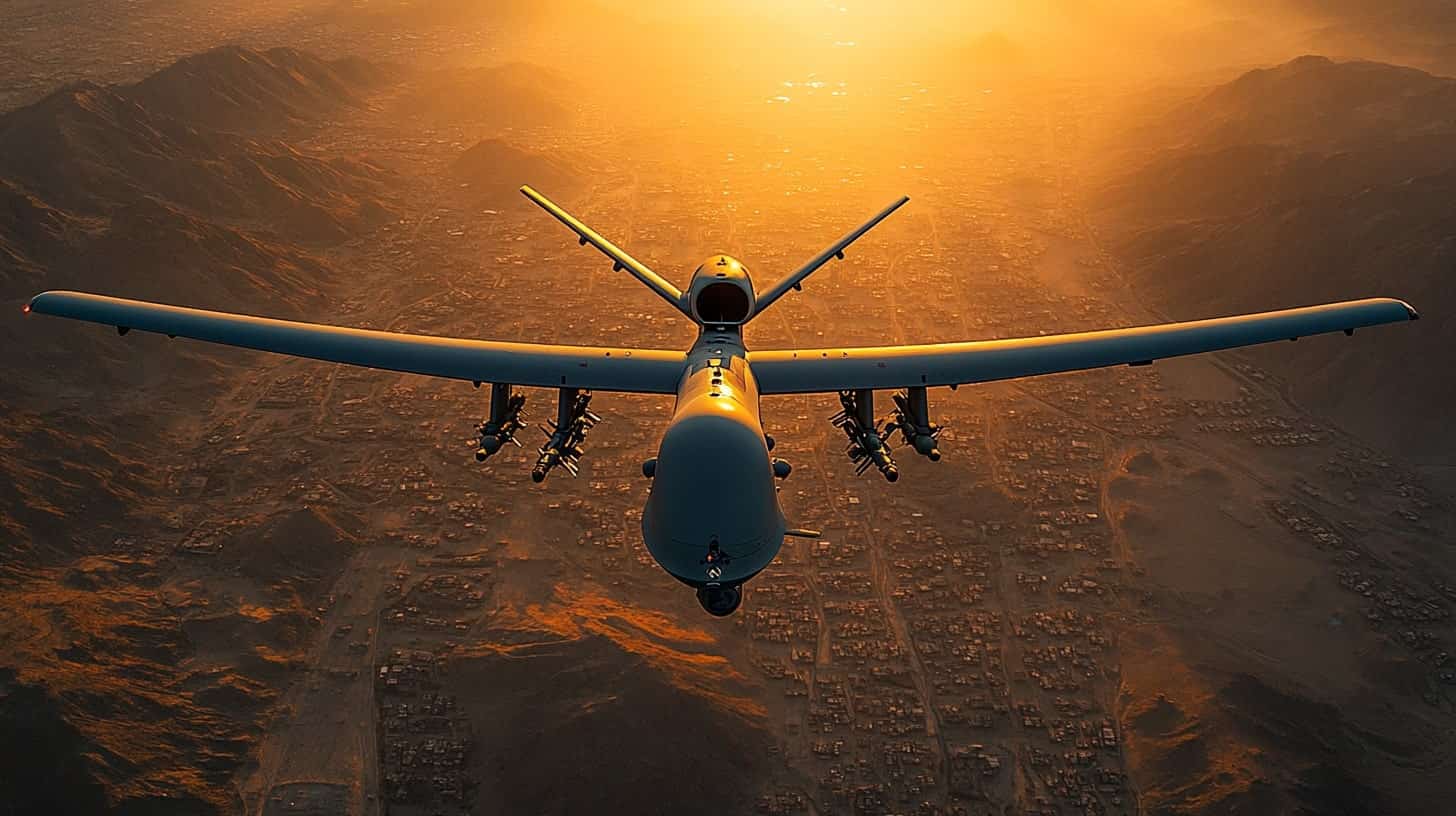
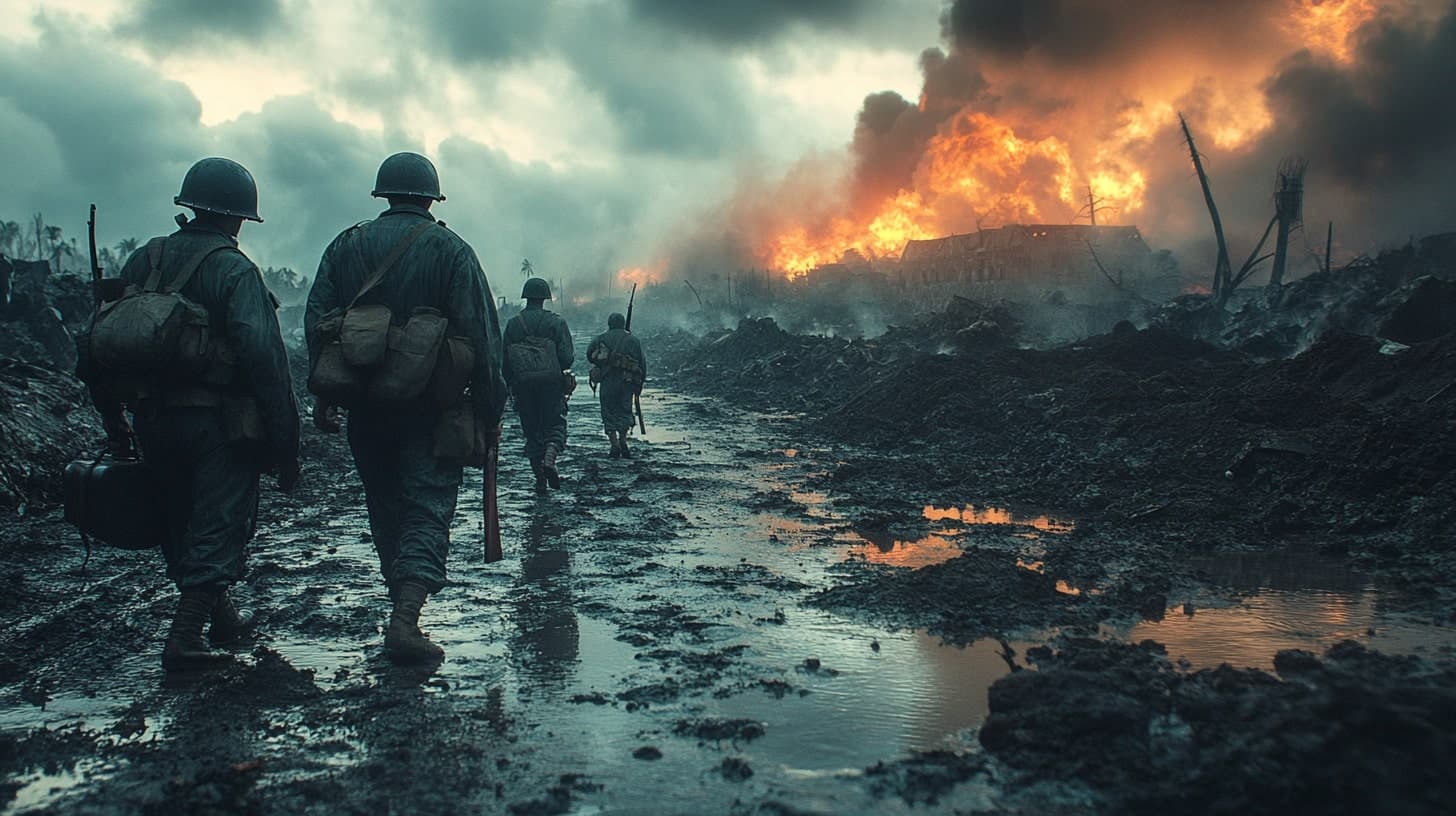
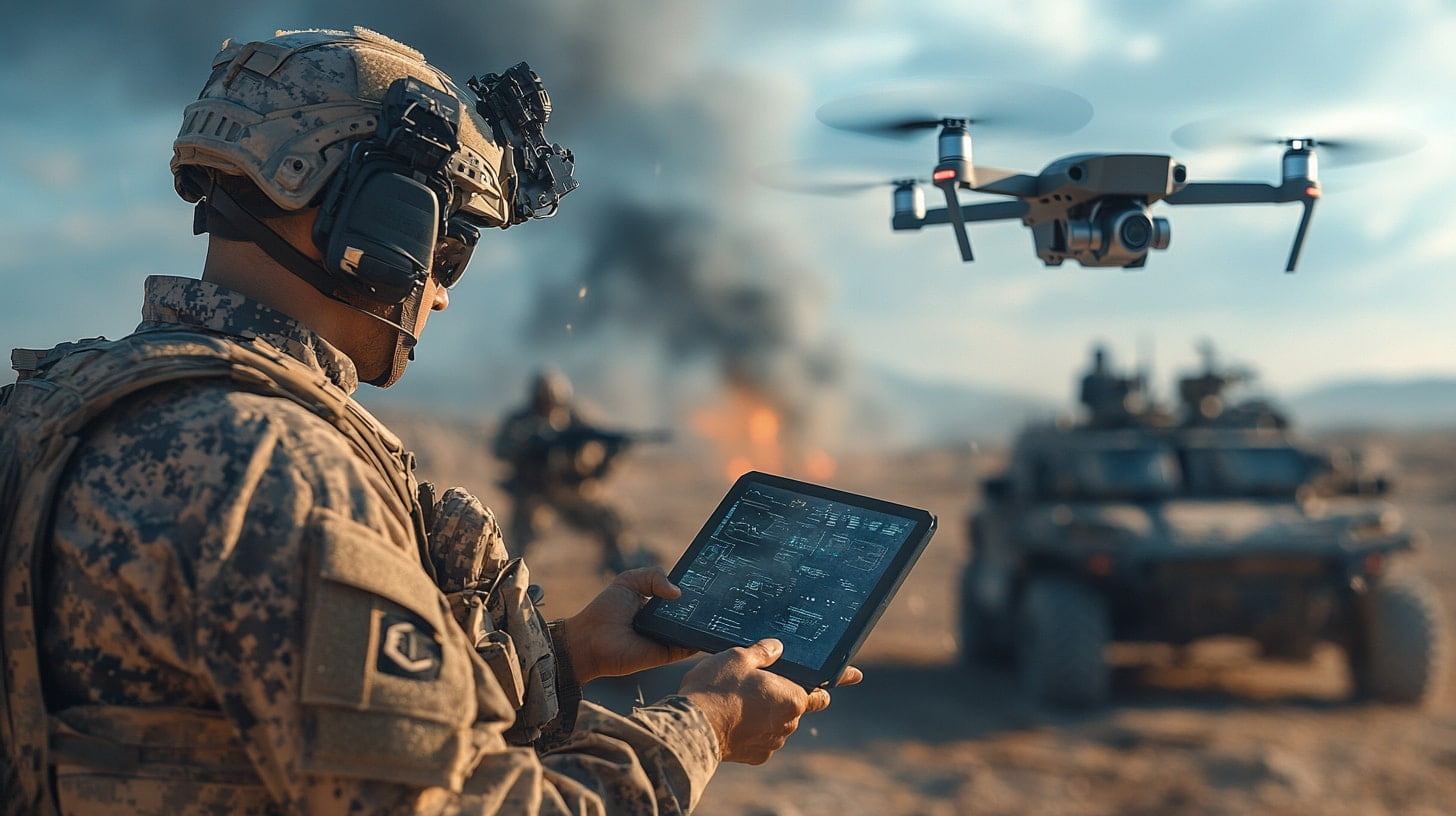
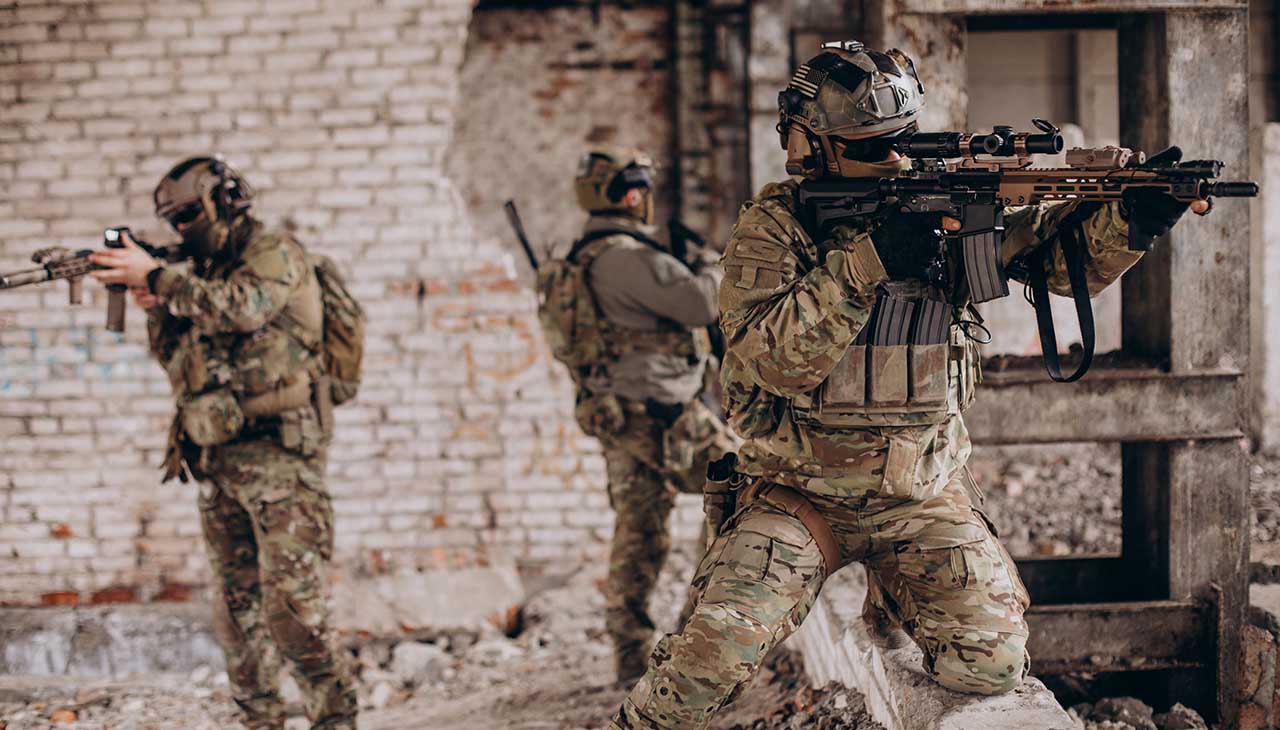

Leave a Reply